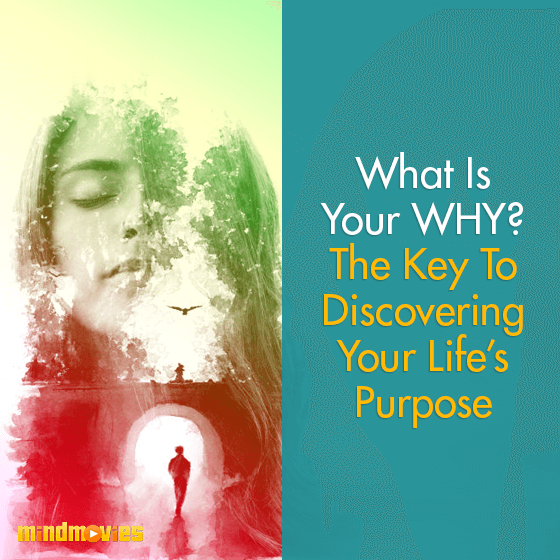Have you ever wondered why you can't seem to stick to your plans?
You know, like committing to reading more books, hitting the gym regularly, saving money, or finally kickstarting that creative project?
And why does something you genuinely care about often end up taking a backseat in your life?
The thing is, our habits are a reflection of our daily routines .
And our habits dictate how successful we are… how healthy… how happy or unhappy…
So, to achieve our goals and create positive change in our lives, we must change our habits.
So how do we change our thoughts, beliefs, and habits?
And… is it really possible to change from our core?
According to James Clear, author of “Atomic Habits” , it is possible.
There is a secret formula that if you follow step by step, it’s 99% guaranteed that anyone can create good habits and eliminate bad ones, including YOU!
Here in my blog, I reveal the 4-step secret formula that will help you start new habits that actually stick in 2024! Woohoo!
Now, before I do, it’s important to understand how habits really work.
The process of building a habit can be divided into four simple steps: cue, craving, response, and reward .
When we break it down like this, it becomes clear what habits are, how they operate, and how we can make them better.
Step 1: The Cue - Triggering the Action
Imagine this as the first part of our habit journey. The cue is like a signal that gets your brain ready for an action. It's like a little hint saying, "Hey, there's something good coming!" Back in the old days, these signals helped our ancestors find important stuff like food or a mate.
Nowadays, our cues are about money, fame, power, praise, love, or simply feeling good about something. Your brain is always looking for these cues because they lead to rewards, which naturally make you crave something.
Step 2: Craving - The Motivational Force
Cravings take center stage as the real driving force behind every habit. Without them, we wouldn't even bother with a habit. But here's the twist: you don't crave the habit itself; you crave the change it brings.
For instance, you're not itching to smoke a cigarette; you're chasing that sweet relief it offers. You don't wake up thrilled to brush your teeth; you're after that fresh-mouth feeling. No one's jumping with joy to turn on the TV, but they're certainly excited to be entertained.
Every craving is essentially about changing how you feel on the inside.
Step 3: The Response - Performing the Habit
Here comes the action! The response is where the habit takes center stage. It's the actual performance, whether it's a physical action or just a thought in your head. But here's the catch: whether you follow through depends on your motivation and the effort required. If it feels like too much hassle, you're out. Your ability to carry out the habit also plays a crucial role. If you want to climb Everest but you’re afraid of heights, well that’s not going to happen.
Step 4: The Reward - The Grand Finale
Rewards are what we're all chasing with our habits. The cue makes us notice the reward, the craving makes us want it, and the response is how we get it.
Rewards serve two purposes. First, they satisfy your craving, providing their own set of perks. For example, food fuels your body, a promotion brings in cash, and getting fit improves your health and love life. But in the short term, rewards also deliver a sense of contentment and relief from craving.
Second, rewards act as your teacher. They help your brain distinguish between actions that bring pleasure and those that don't. Pleasure and disappointment serve as feedback mechanisms, guiding your brain to remember which actions are worth repeating in the future. Rewards essentially complete the habit cycle, sending a clear signal to your brain that says, "Hey, we should do this again."
These are the 4 stages of habits.
In his book, James says: “They form an endless cycle that is running every moment you are alive. This “habit loop” is continually scanning the environment, predicting what will happen next, trying out different responses, and learning from the results.
The entire process is completed in a split second, and we use it again and again without realizing everything that has been packed into the previous moment.”
Here’s an example:
| Problem Phase | Solution Phase | ||
|---|---|---|---|
| 1. Cue | 2. Craving | 3. Response | 4. Reward |
| Your phone buzzes with a new text message. | You want to learn the contents of the message. | You grab your phone and read the text. | You satisfy your craving to read the message. Grabbing your phone becomes associated with your phone buzzing. |
Think of it like this: you walk into a dark room, and naturally, you want some light - that’s your cue.
So, you hit that light switch, and there you go – your craving for light is satisfied.
Turning on that switch in a dark room? That’s the reward.
And exactly how habits form.
He calls this framework the "Four Laws of Behavior Change."
These laws offer straightforward guidelines for forming positive habits and overcoming negative ones. Imagine each law as a lever capable of shaping human behavior. When these levers are correctly aligned, forming good habits becomes a breeze. However, when they're out of sync, the process becomes significantly more challenging.
Here’s how to use these laws to create a good habit:
| How to Create a Good Habit | |
|---|---|
| The 1st law (Cue) | Make it obvious. |
| The 2nd law (Craving) | Make it attractive. |
| The 3rd law (Response) | Make it easy. |
| The 4th law (Reward) | Make it satisfying. |
Now, the secret is to invert these laws to break a bad habit.
| How to Break a Bad Habit | |
|---|---|
| Inversion of the 1st law (Cue) | Make it invisible. |
| Inversion of the 2nd law (Craving) | Make it unattractive. |
| Inversion of the 3rd law (Response) | Make it difficult. |
| Inversion of the 4th law (Reward) | Make it unsatisfying. |
So, when you're thinking about changing up your behavior, just ask yourself these four questions:
1. How can I make it obvious?
-
Ask yourself how you can make that new behavior really stand out in your daily life. If it's about drinking more water, maybe keep a big water bottle right on your desk where you can't miss it.
2. How can I make it attractive?
-
Think about how to make this new habit appealing. If it's eating healthier, search for yummy and nutritious recipes that make you look forward to mealtime.
3. How can I make it easy?
-
Make it simple for yourself to follow through with the behavior. For instance, if you're trying to read more, keep a book you're excited about right on your nightstand, so it's easy to grab and read a few pages.
4. How can I make it satisfying?
-
Reward yourself for sticking with your new habit. Whether it's a small treat or a little celebration, make sure you acknowledge your achievements along the way.
Creating new habits is not always easy. But these four steps have changed my perspective and have helped me quit procrastinating on things that are very important to me.
So, next time you want to build a new habit, remember these four steps, and watch your habits become a regular part of your life.
P.S. Did you know that most of your thoughts, beliefs, patterns, and actions are done on autopilot?
It’s true!
This is because it’s our subconscious mind that’s running the show without us knowing! This is another reason why it’s so hard to change our patterns.
Now, to change them from the source, sometimes we have to deep dive into our subconscious mind and reprogram our minds.
If you’d like to know more about this, just go here .
Inside you’ll find an invite to my upcoming event where I’ll teach you more about limiting beliefs and how to overcome them .
It’s free and it’s seriously fascinating!
Hope to see you there.








